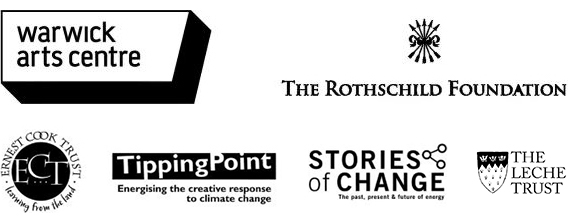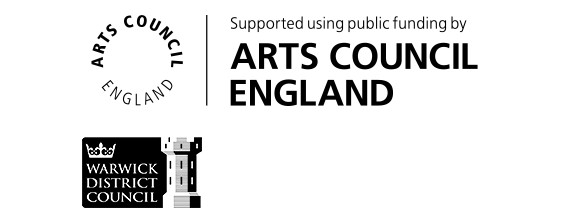Hive City is built from criss-crossing pathways in space. It begins very simply with people running; chasing around a large circular pathway in the same direction. This is soon intersected at points with slower walks in straight lines heading downstage, then changes of direction until interactions occur and take over. Shouts and warnings add to the energy and build tension.
- Walk the grid: Imagine the floor as a series of gridlines. You can only walk in straight lines – forward, back or sideways – so a change of direction or face will involve a 90, 180, 270 or 360 degree turn.
- When you meet someone, pause, wait for them to pass, then move on
- Change the speed – add a jog, slow motion, scuttles, stillness. Break out of the grid and run around the perimeter before stepping back in. How does that feel?
- Extend the range of movement to include intermittent falling and stage freezes
- Introduce body percussion or vocalisations – slaps to a body part, a laugh, shout, whisper, stamp. Record and watch for interesting moments
- Find two everyday street gestures (a phone call, check pockets for keys, look in shop windows, crouch for shoelaces, hail a taxi) and remove it from naturalism by fragmenting it, inserting your second gesture into the middle of the first, patterning it rhythmically or giving it an unusual dynamic or spatial design
- Add these into your pathway and become watchful of others. When your paths cross try to interact, but without touching: move over, under, around, circle, advance/retreat, follow, chase
- Try mimicking gestures that you see. If someone imitates you, how do you react?
- Choose one person to physically contact if they get in your way: brush past, push, pull, grab a hand, lift, turn or spin, lean, counterbalance, slide across or roll around
- Perform with a continuous focus: pick a point, aim for it & try to see it throughout. Do other people become a distraction? An irritation?
- Pick someone in the room and try to keep them in focus all the time (they don’t have to pick you!) When you lose them, re-engage as soon as you can.
- Pick a partner on opposite side of the space. Focus on each other as you make your way over to them.
- How does the atmosphere in the room change with each variation? What effects can be created using space and focus?


